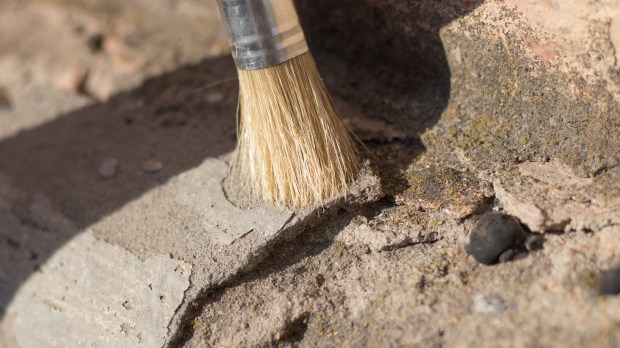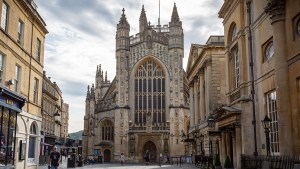A construction project that would see 30 student flats added to the University of Oxford has made an archaeological discovery. While clearing the area to set the foundation, the team stumbled upon the remains of an ecclesiastical college that was destroyed during the Dissolution of Monasteries, around 1530.
St. Mary’s College
The long lost college in question was St. Mary’s, an Augustinian branch of Oxford that was devoted to educating the clergy. According to Smithsonian Magazine, the college was founded in 1435, but its construction was still not complete by 1520. King Henry VIII briefly sent his chief advisor, Cardinal Thomas Wolsey. to speed up the process, but this task was not to be achieved.
By 1530, tensions between the king and the Catholic church were high and Wolsey soon fell out of favor with the English court. In 1536, King Henry VIII ordered the dissolution of monasteries, which disbanded Catholic institutions in England by 1541. Soon after, the Church of England was established and the grounds of St. Mary’s were left to fall into disuse.
Excavation
Now, after a half a millennium, the canon college has been found again. The Times reports that excavation has revealed a nearly 600-year-old limestone foundation that likely supported one of the walls to the chapel. The team has also identified a pit filled with animal bones, which may indicate where the kitchen was located.
Along with the foundation and scullery pit, experts have unearthed an assortment of 16th-century artifacts. These include a stone flagon, a comb hewn from bone, and a long cross silver penny. The penny was a form of currency that was issued in the medieval era between the 13th and 15th centuries.
The Construction Index supplied comments from Oxford University senior project manager Ben Ford, who said:
“We are hoping to shed light not only on the layout of the ‘lost college’ of St Mary’s, but also discover evidence that tells us about the lives of some of medieval Oxford’s most powerful Norman families who probably lived at the site … If we are really lucky, we may uncover signs of even older everyday life, from Oxford’s earliest years when it was first built as a heavily defended town on the Thames, guarding the border between Saxon and the Viking held lands.”
The archaeology team plans to continue investigating the site for another month. After this time, construction of the new student housing will resume.


